The Best GPS for Hiking (Top 7 Devices & Apps to Navigate on the Trail)
When I talk to people who are getting started with hiking and backpacking, I always get tons of questions about navigation. Although it might seem confusing and even overwhelming, navigating is such an important skill to have in the backcountry, whether you’re using a map & compass, a smartphone app, or a GPS device. Luckily, I’m a total navigation nerd, and I want to share my favorite hiking GPS tools with you!
So let’s get started breaking down the best GPS for hiking options – and what kind of outdoor adventurer each one is best for.
THE BEST GPS FOR HIKING
I truly believe that you shouldn’t hit the trail without some sort of hiking GPS, whether it’s a smartphone app or a standalone GPS device for hiking. This post will go over the best hiking GPS options that I recommend.
Look, I think every hiker and backpacker should be self-sufficient, and that includes knowing how to practice smart navigational skills in the outdoors.
Don’t ever risk getting lost, and don’t rely on other people for your safety outdoors. Be empowered and take 100% ownership for yourself my friend.
As you’ll notice pretty quickly, Garmin is the gold standard for hiking GPS. Every actual device I recommend here is Garmin because they really are just that good!
Note: The list below contains affiliate links.
GAIA GPS
Type: Smartphone app
Who will love it: Backcountry beginners & adventurers on a budget
Gaia GPS is definitely one of the best budget GPS for hiking options. If you’re just getting started exploring outside and aren’t ready to invest in a handheld GPS, this is the way to go. Even if you’re more experienced, it’s still an awesome choice, and it is my go-to GPS option these days.
You can do lots of things with Gaia GPS, including recording your tracks, uploading tracks to follow, and so much more. The key thing is that you can download maps to use offline, so you don’t need cell service to navigate with Gaia GPS.
Just keep in mind that even though you don’t need cell service, you do obviously need your smartphone to use Gaia GPS since it’s an app. It’s a good idea to keep your phone on airplane mode while you’re hiking in the backcountry so you don’t drain the battery. And always bring a backup portable charger, just in case!
It’s only $60 a year for the Gaia GPS premium membership (you can use my link for 10% off that), and trust me, it is absolutely worth every penny.
TAKE YOUR FIRST STEPS TOWARD MASTERING OUTDOOR NAVIGATION WITH MY FREE OUTDOOR NAVIGATION 101 WORKBOOK:
In this FREE workbook, I will teach you 5 easy-to-learn steps so that you can start practicing and getting more familiar with using a GPS. Outdoor navigation is a crucial skill to master on your way to becoming a self-sufficient backpacking badass, but many people avoid learning this skill because it feels complicated & overwhelming. So I want to help you get started (without the drama and overwhelm)... navigating outdoors doesn't need to be hard!
ALLTRAILS
Type: Smartphone app
Who will love it: Backcountry beginners & adventurers on a budget
AllTrails is another awesome app option for hiking navigation. The AllTrails app is super user-friendly and features tons of popular trails with maps already loaded for easy navigation.
AllTrails has a social aspect to it, and lets users leave reviews on trails, which can be really handy to check out recent trail conditions.
The basic version of AllTrails is free, and it works great if you have cell phone service. But I believe you should have a GPS that works wherever you are, especially in the backcountry with no cell service. You can upgrade to AllTrails Pro to get the ability to download maps that you can use offline.
GARMIN GPSMAP 67
Type: Handheld GPS
Who will love it: Day hikers & backpackers
The Garmin GPSMAP 64st was my favorite GPS device, and it helped me find my way on countless tricky trails I’ve tackled. The Garmin GPSMAP 64st has since been discontinued, but a similar newer device is the Garmin GPSMAP 67, which gets rave reviews!
The Garmin 67 has a nicely-sized 3” screen that’s made to be readable even in direct sun, and it has great battery life (182 hours in standard mode). It also has expanded GNSS (Global Navigation Satellite Systems) support, so you’ll get the most accurate tracking possible to be able to follow your maps.
Keep in mind that this is a dedicated GPS device and NOT a satellite communicator (unless you upgrade to the 67i).
Buy at REI Here: Garmin GPSMAP 67
GARMIN INREACH MINI
Type: Satellite communicator w/smartphone GPS app
Who will love it: All backcountry adventurers!
The Garmin inReach Mini is a satellite communicator which also offers a GPS in a truly tiny package. But the functionality of the GPS is limited by the size, so you really need to connect it to your phone using the Garmin EarthMate app to really use it for navigation.
A satellite communicator like the inReach Mini allows two-way communication, meaning you can both send and receive messages on the device. The two-way communication of the inReach Mini was invaluable for me when I was thru-hiking the John Muir Trail with Michael when wildfires were burning nearby. I had a designated friend checking the wildfire news and messaging me to let me know if we needed to leave the trail due to National Forest closures.
Beyond the price of the physical unit, you’ll need to purchase a Garmin subscription to actually use the satellite communication with the inReach Mini. Garmin offers several monthly and annual plans based on how much you plan to use your inReach Mini, and there are options to turn off your subscription when you don’t need it.
Garmin has now come out with the inReach Mini 2, which offers several upgraded features, including longer battery life and the ability to back track your steps, for $50 more. (The original inReach Mini is now $350 while the inReach Mini 2 goes for $400.)
The inReach Mini is a perfect complement to an app like Gaia GPS or a standalone GPS device like the Garmin GPSMap 66sr, and I use them both.
Buy at REI Here: Garmin inReach Mini 2
GRAB MY [FREE] OUTDOOR BACKPACKER STARTER KIT
I created the Ultimate Outdoor Backpacker Starter Kit for you (and it's FREE)! This starter kit is filled with 14 pages of my best hiking and backpacking tips to help you learn what it takes to become a safe, confident, and self-sufficient outdoor backpacker!
GARMIN INREACH EXPLORER+
Type: Handheld GPS w/satellite communicator
Who will love it: Backpackers & thru-hikers
The Garmin inReach Explorer+ was one of the original and best hiking GPS devices to combine a GPS with a satellite communicator and SOS. Although there are now many Garmin GPS hiking devices that do this, the Explorer+ is the cheapest Garmin device that offers all that functionality in one package. While it can certainly still be a solid choice if you already have one or can find a deal on a used one, it has been discontinued and there are newer options available now.
The Garmin 67i is basically an upgrade to the inReach Explorer+, and it’s a great option if you want to invest in a newer model with a bigger display and tons more waypoints. It also has a rugged, durable design to handle all sorts of adventures, and it has a better battery life.
If I were to start over selecting a hiking GPS, I would absolutely get a device that combines GPS and satellite communication in one, like a used inReach Explorer+ or a new Garmin 67i.
Buy It Here: Garmin GPSMAP 67i
GARMIN MONTANA 700(i)
Type: Handheld GPS (700i w/satellite communicator)
Who will love it: Backpackers & thru-hikers
The Garmin Montana is the best Garmin GPS hiking device with a touchscreen. The Montana 700 is a hiking GPS device only, while the Montana 700i includes satellite communication and SOS for $100 more.
Because it doesn’t have buttons, the Montana 700 has a huge 5” screen to make maps very easy to read and follow. The screen is also designed to be readable even in direct sunlight, so you don’t have to squint or find shade to see. The Garmin Montana 700 is also “built like a tank” and is water-resistant, so it can stand up to all your outdoor adventures.
It’s not cheap, but it is built to last, and if you get the Garmin Montana 700i, you’ll have a satellite communicator and GPS all in one.
Buy It Here: Garmin Montana 700i
GARMIN INSTINCT
Type: Watch
Who will love it: Trail runners & mountain bikers
If you’re the type of adventurer who loves to track your fitness data on a watch, you can get a smartwatch with an integrated GPS like the Garmin Instinct.
The Garmin Instinct is a great choice for trail runners and mountain bikers who don’t want to carry a bigger GPS device, but still want to be able to navigate when necessary. While it can be difficult to use some more advanced features on the smaller screen of a watch, you can easily trace your tracks so you can find your way back on the trail at the end of the day.
The Garmin Instinct also comes in a solar-powered version, which can recharge while you're outside so you never have to worry about battery life.
A GPS watch is actually pretty pricey, especially for the more rudimentary GPS functionality it offers, but might be worth it if you’re going to invest in a smartwatch anyway.
Buy at REI Here: Garmin Instinct 3
FEATURES TO LOOK FOR IN A GPS FOR HIKING
While there are a lot of great GPS devices for hiking, everyone has different needs in navigation. That means there’s not always a clear cut answer of what is best, but here are some of the most important features to consider when choosing the best GPS for hiking for you.
SMARTPHONE OR STANDALONE
The first decision to make is whether you want to use a smartphone GPS app or get a standalone GPS device for hiking. Smartphone apps are convenient and cheaper than standalone devices, so they make the best budget GPS for hiking options and are awesome for beginner backpackers.
But while Gaia GPS and AllTrails have free versions, I highly recommend you at least upgrade to the premium or pro membership so that you can use these apps without cell service.
Standalone hiking GPS navigation systems are dedicated devices with lots of features. They require a bigger investment upfront, but since they are designed to do one job, they do it really well.
SIZE & WEIGHT
Bigger is better for some things, but you need to balance that with keeping your gear weight down when you’re packing for backpacking.
A bigger screen on your hiking GPS device makes it easier to follow the tracks on your maps. Plus, it is often easier to use the menus on a larger device.
But a smaller, lighter device takes up less space in your pack (although I usually just clip mine to my pack) and doesn’t weigh you down.
SATELLITE COMMUNICATION & SOS
If you’re heading into the backcountry without cell service, having a satellite communicator with SOS capability can be an actual lifesaver.
And even if you (hopefully) don’t need to use the SOS to call for a rescue, two-way messaging is super useful for staying in touch with loved ones and getting updates while you’re on the trail.
You can get a GPS device with integrated satellite communication, like the Garmin inReach Explorer+ or the GPSMAP 66i, or you can pair something like the inReach Mini with a GPS like the Gaia app or the Garmin GPSMAP 67.
TOUCHSCREEN OR BUTTONS
While you might think touchscreen is obviously the way to go, many hiking GPS devices have buttons for a reason. While touchscreens can be easier to use, buttons are much better to operate when hiking in the rain or cold conditions, especially if you’re wearing gloves.
Touchscreens do usually have the advantage of larger screen size though, since they don’t have to make room for the buttons on the hiking GPS device.
NAVIGATION NETWORK
Not all hiking GPS devices are created equal in terms of what network they connect to. There are actually a lot of satellite systems that GPS devices can use, but no need to let that confuse you.
The best hiking GPS devices connect to the Global Navigation Satellite Systems which gives you better accuracy in a variety of locations. So if you are traveling all over the world or deep into the wilderness, look for a hiking GPS device with “multi-GNSS support.”
Grab yourself one of these awesome hiking GPS devices and stay on track when you’re on the trail! What’s your favorite way to navigate when hiking or backpacking? Let us know in the comments below!
LOOKING FOR MORE GEAR RECOMMENDATIONS?
If you’re searching for more awesome outdoor gear recommendations, check out our other resources below:
Cheers,
Allison - She Dreams of Alpine


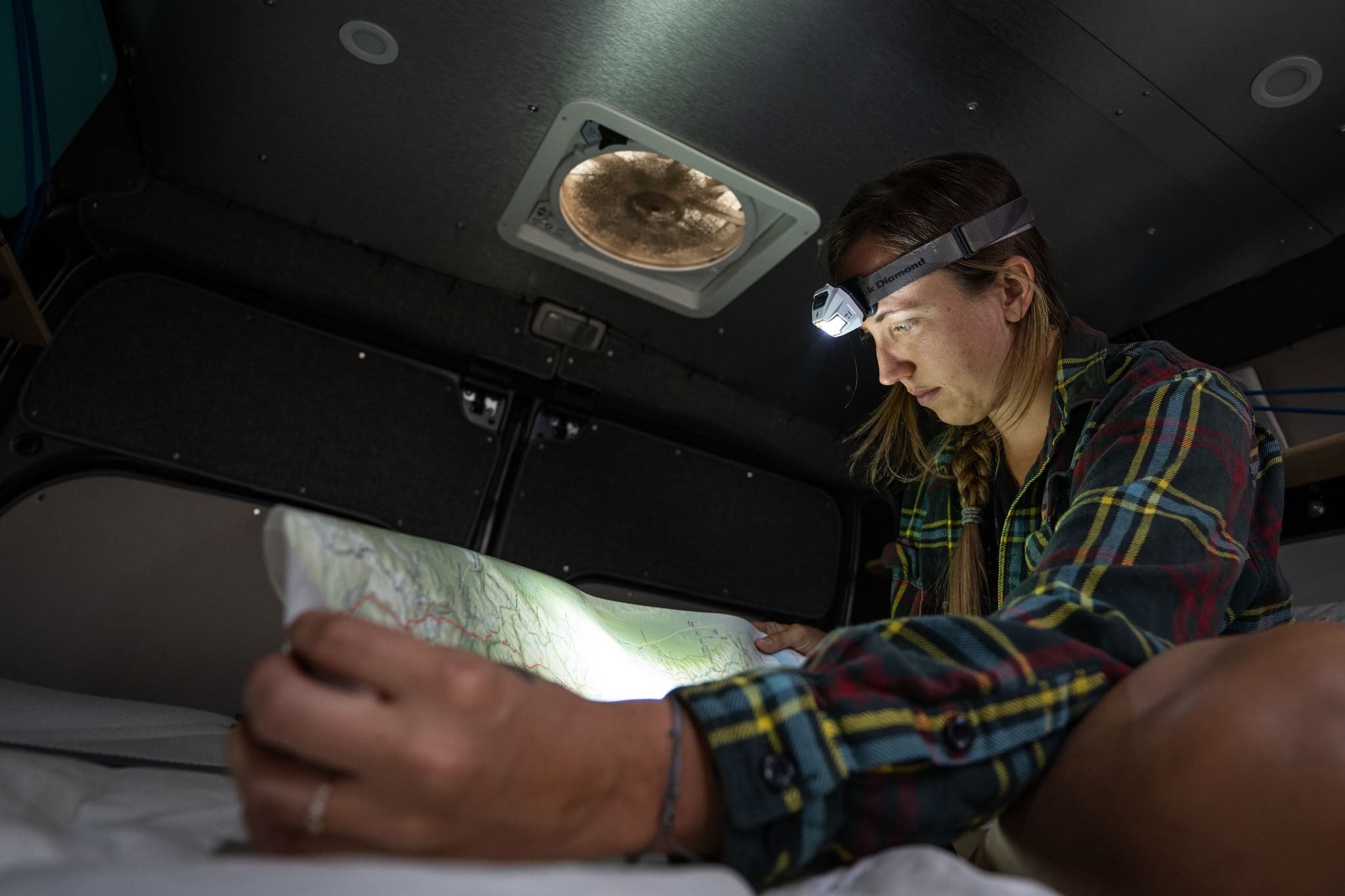






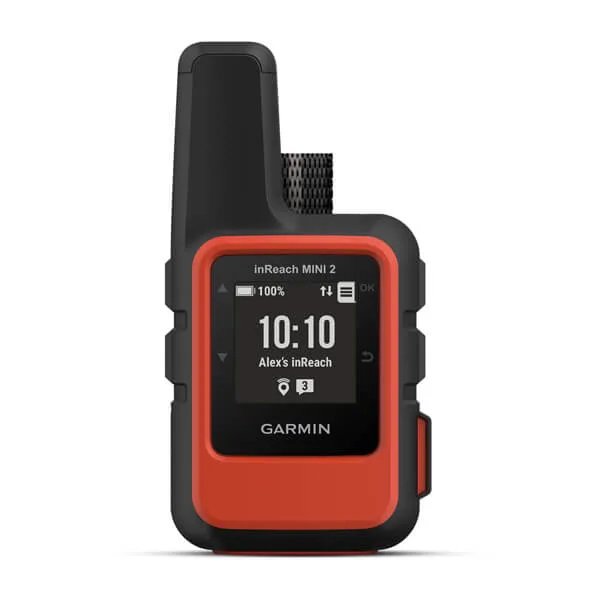



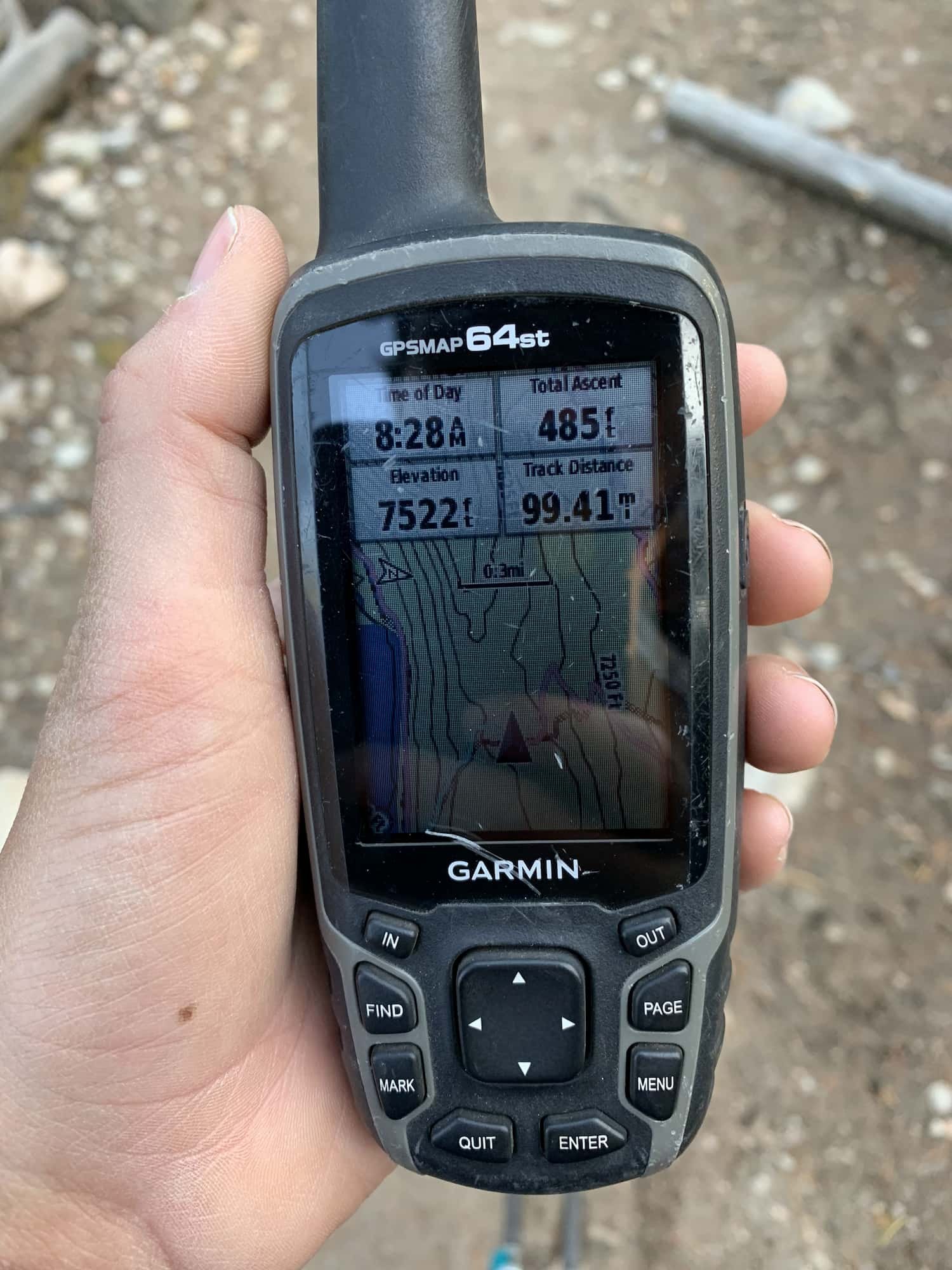
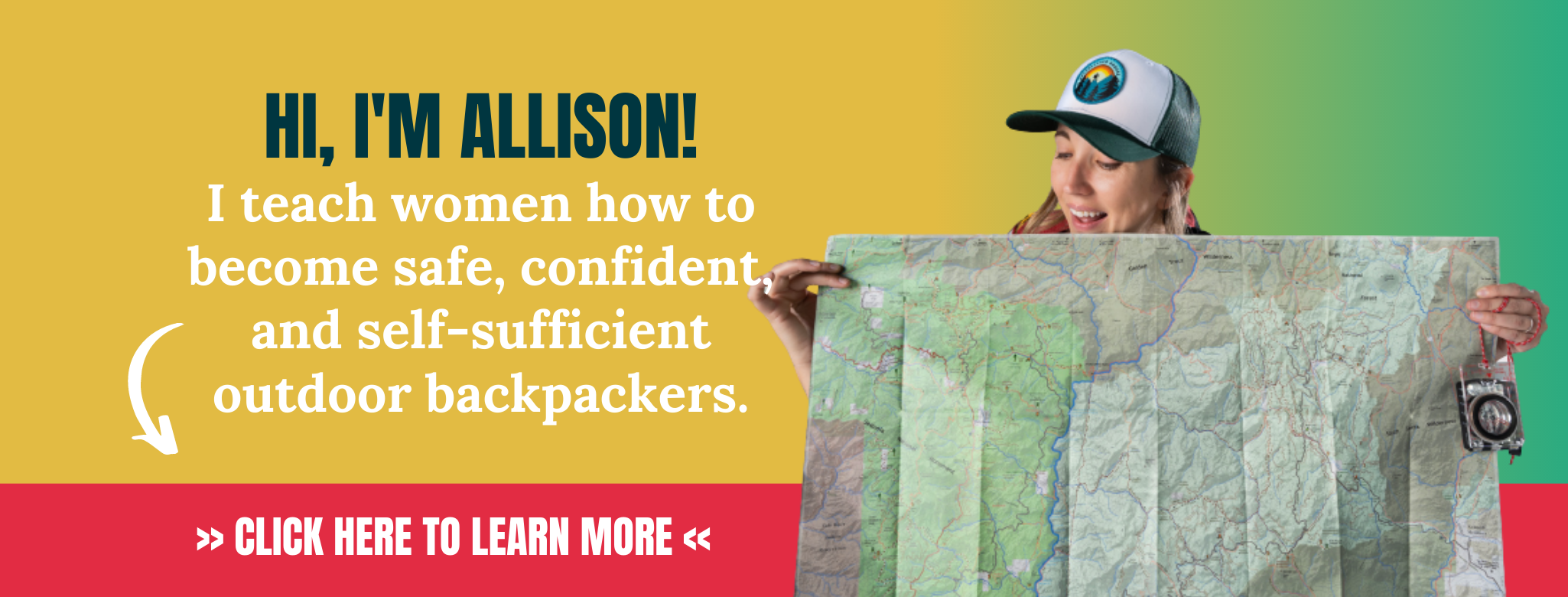

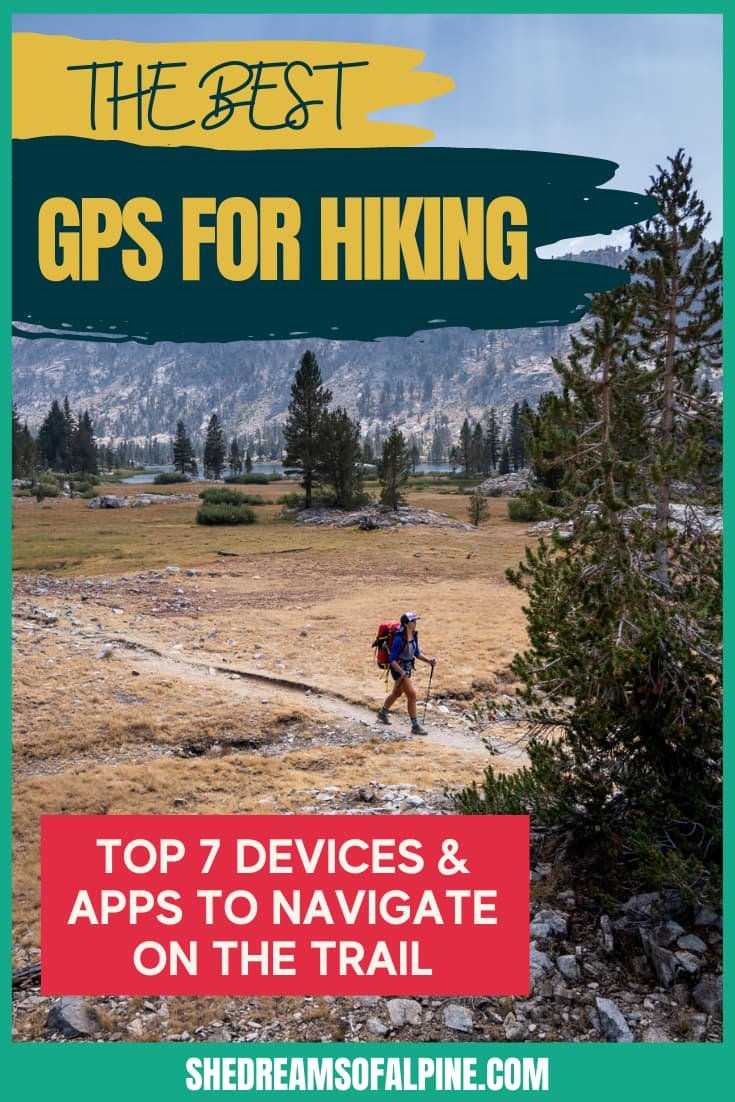
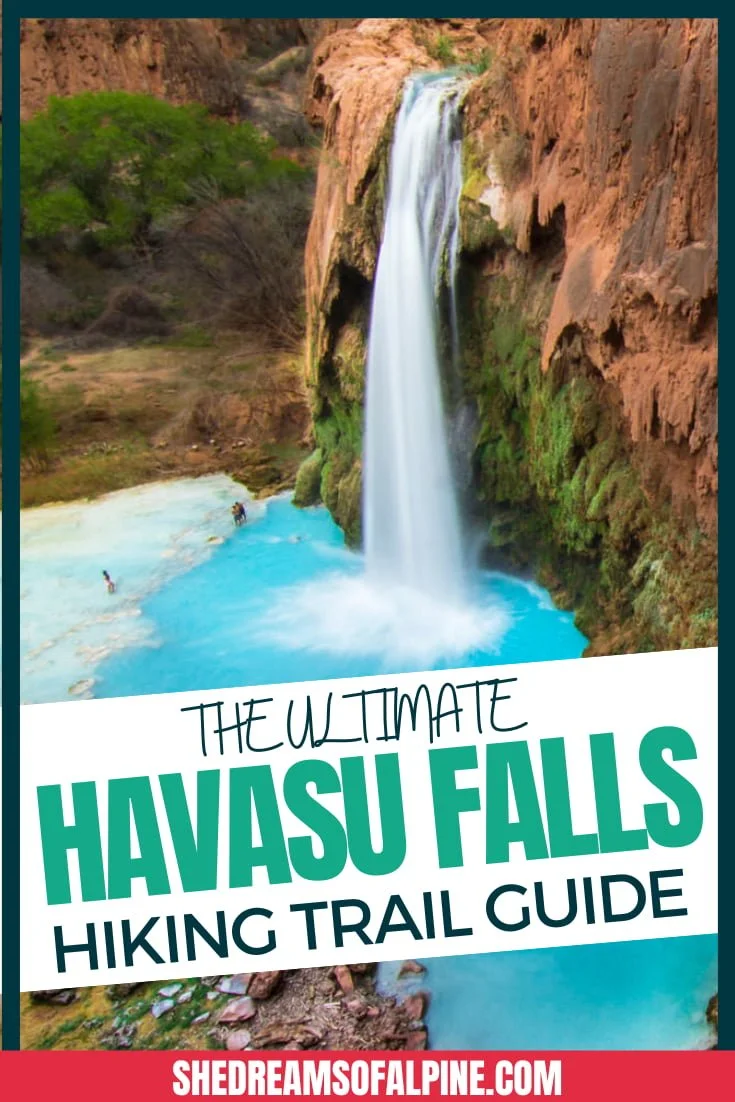


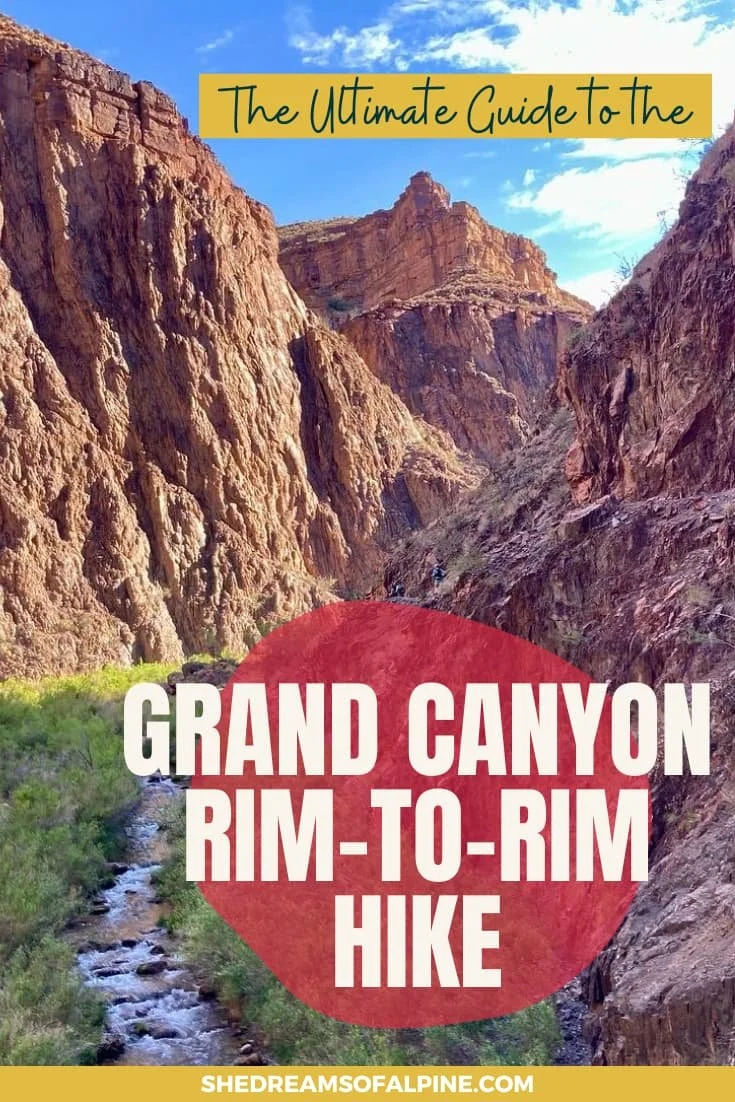

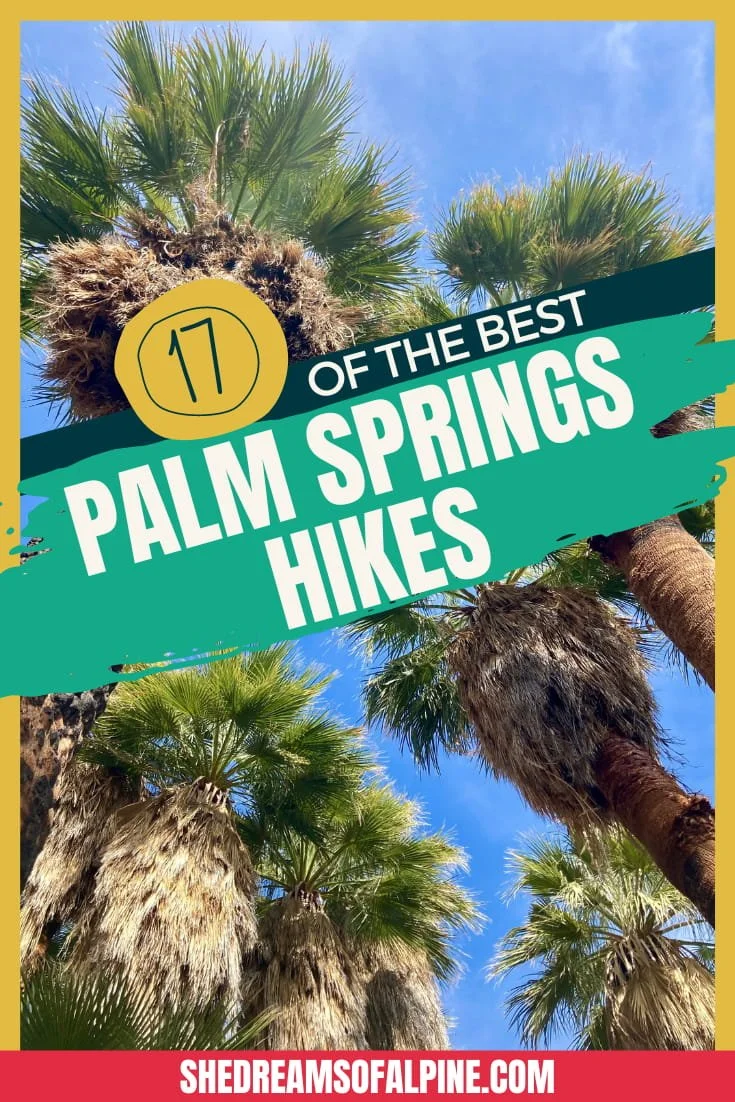


The Ultimate Guide to Free Camping | When you’re exploring the outdoors, whether you’re backpacking in the backcountry or doing the van life thing, you’ll need to find a place to spend your nights. While campgrounds are usually cheaper than hotels, the campsite fees can certainly add up over a long trip. But free camping is a great way to save money on your adventures! | shedreamsofalpine.com